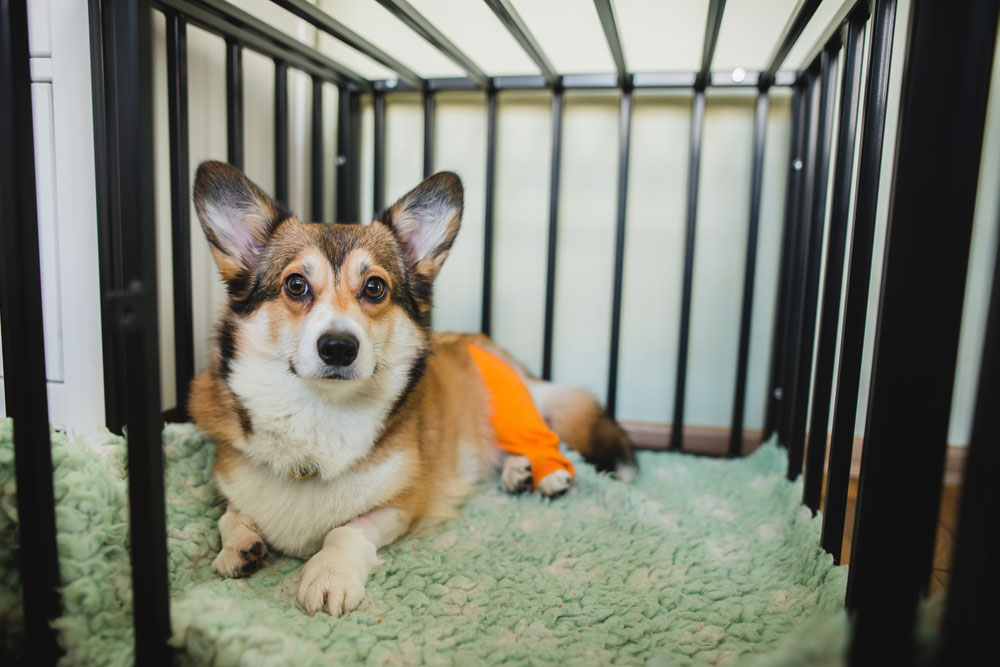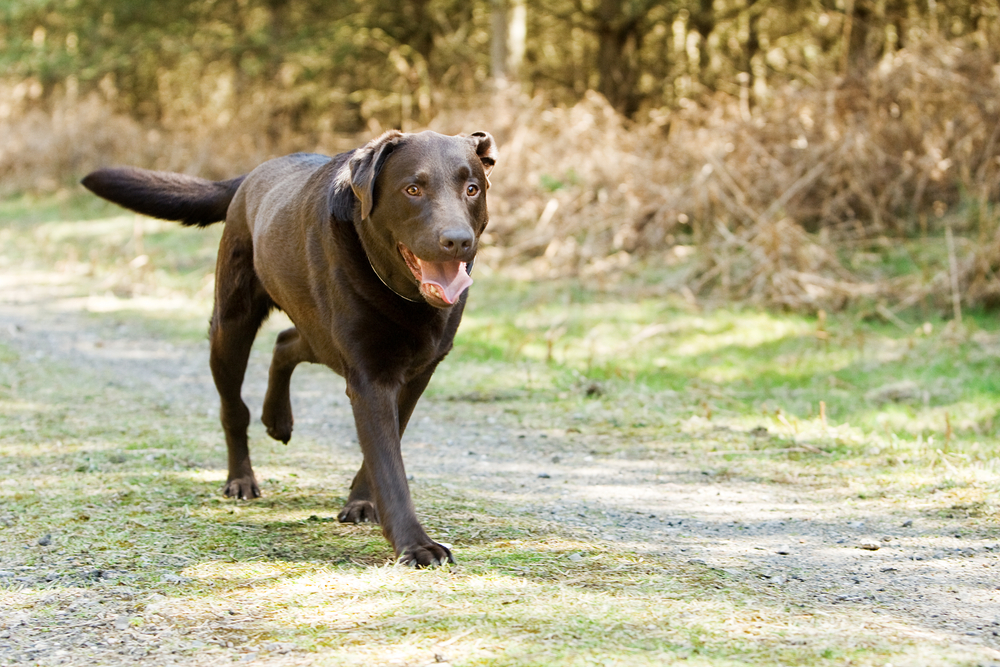When your pet starts limping, it can feel alarming — and it should. Limping is often a sign that something deeper is wrong, whether it’s a minor injury or a serious underlying condition. Early veterinary evaluation is key to identifying the cause and ensuring your pet returns to comfortable, pain-free movement.
While some causes of lameness are mild and resolve with rest, others may require diagnostic imaging, surgical intervention, or long-term medical management. Understanding why limping occurs — and how veterinarians pinpoint the problem — empowers pet owners to take action quickly and wisely.
In this guide, we’ll walk you through the causes of limping, signs that require urgent care, the role of diagnostic tools, and what treatment and recovery may involve.
Identifying Limping in Pets
What Is Limping?
Limping, or lameness, refers to any alteration in your pet’s gait — whether it’s favoring one leg, walking stiffly, or hesitating to use a limb at all. Limping can arise suddenly (acute) or develop gradually over time (chronic).
Limping can have many causes, ranging from a minor sprain to serious conditions like arthritis or fractures. Prompt attention can make a major difference in recovery outcomes.
Signs Your Pet Needs Veterinary Attention
- Limping that persists longer than 24 hours
- Severe pain, crying, or reluctance to move
- Inability to bear weight on a limb
- Swelling, bruising, or obvious deformity
- Open wounds, bleeding, or punctures
- Sudden changes in behavior (e.g., hiding, aggression, lethargy)
Knowing the common signs of pain in pets helps you catch problems before they escalate.
Common Causes of Limping in Pets
Soft Tissue Injuries
Strains, sprains, and muscle tears are among the most common causes of limping, especially in young, active pets. Minor injuries may heal with rest and medications, but more severe cases can require rehabilitation.
Learn how to manage sprained legs safely at home and with veterinary support.
Cranial Cruciate Ligament (CCL) Tears
A torn CCL is one of the leading causes of hind limb lameness in dogs. Understanding cruciate injuries is important — many pets require surgery for full recovery.
Arthritis and Degenerative Joint Disease
Arthritis is common in older pets, but even young animals can develop degenerative joint disease. Early detection and proactive management (like weight control and joint supplements) are critical for preserving mobility.
Explore practical mobility management strategies from AAHA.
Hip Dysplasia
Hip dysplasia causes poor fit between the hip socket and femoral head, leading to pain and loss of mobility. Review surgical options for hip dysplasia, including total hip replacement or juvenile pubic symphysiodesis.
Patellar Luxation
In smaller breeds, the kneecap (patella) can slip out of place, causing intermittent or persistent lameness. Learn about patellar luxation diagnosis and treatment.
Bone Fractures
Trauma-related fractures are emergencies. Broken bones in dogs often require surgical stabilization, and immediate veterinary care is essential.
Foreign Bodies: Foxtail Injuries
Foxtails are sharp grass awns that can burrow into skin, paws, ears, and even joints, leading to infection and abscesses. Understand foxtail risks and prevention.
Cracked, Torn, or Broken Nails
Even seemingly minor nail injuries can cause significant limping and expose the pet to infection if untreated.
Infections and Injuries
Bite wounds can introduce bacteria deep into tissues (read more about bite wound risks).
Tick-Borne Diseases
Lyme disease often manifests as joint pain and shifting leg lameness.
Developmental Issues: Panosteitis
Large-breed puppies often experience panosteitis, or “growing pains,” a temporary but painful inflammation of the long bones.
Autoimmune Joint Disease
Conditions like Canine Immune-Mediated Polyarthropathy and rheumatoid arthritis involve the immune system attacking the joints, leading to chronic lameness.
Neurological Disorders
Spinal cord diseases such as IVDD (intervertebral disc disease) can affect gait and limb use, mimicking orthopedic conditions.
How Veterinary Diagnostics Identify the Cause
Comprehensive Physical Examination
A thorough hands-on examination helps your veterinarian locate areas of tenderness, swelling, or instability. Gait analysis reveals which limb (or limbs) are affected and how.
Advanced Imaging and Testing
- X-rays: Detect fractures, arthritis, dysplasia, and other skeletal issues.
- Ultrasound: Helps visualize soft tissues like tendons and ligaments.
- CT and MRI scans: Provide detailed, 3D images of complex joints and the spine.
- Joint fluid analysis: Diagnoses infectious or immune-mediated joint diseases.
In many cases, combining multiple diagnostic tools offers the clearest picture.
Treatment and Recovery Strategies
Non-Surgical Treatments
- Anti-inflammatory medications and pain relievers
- Laser therapy, acupuncture, and physical rehabilitation
- Weight management to relieve joint stress
- Supplements like glucosamine, chondroitin, and omega-3 fatty acids
- Warm-ups and cooldowns for pets with arthritis
Surgical Treatments
Surgical intervention may be necessary for:
- Cruciate ligament repairs (TPLO, extracapsular techniques)
- Hip replacements or femoral head ostectomies
- Patellar luxation corrections
- Fracture stabilization
- Disc surgery for spinal compression
Post-surgical rehabilitation is critical for maximizing recovery and minimizing future complications.

Why Early Action Matters
Addressing lameness promptly improves outcomes dramatically. Left untreated, seemingly minor injuries can worsen into chronic pain, permanent joint damage, or secondary orthopedic issues.
Proactive veterinary care means:
- Faster healing times
- Better long-term mobility
- Reduced risk of arthritis and disability
- Higher quality of life for your pet
When to Seek Help
If your pet is limping — even if it seems minor — scheduling a veterinary exam is the best course of action. Early diagnosis and intervention prevent small problems from becoming big ones.
At Tender Touch Animal Hospital in Kingston, Washington, we specialize in diagnosing and treating mobility issues with compassion, expertise, and the latest technology.
If your pet is limping or showing signs of discomfort, contact us today to schedule a full evaluation.
Because every step your pet takes should be a comfortable one.







Leave A Comment